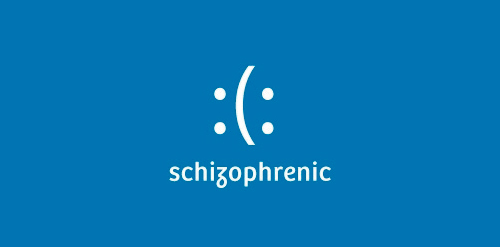
This is sort of a two-part post; the article I originally saw was talked about splicing the gene for making spider silk into goat DNA so the goats made the spider silk protein in their milk. The protein could then be isolated, made into fibers, and potentially used for all kinds of things like eye and jaw sutures, artificial tendons and ligaments, and bullet-proof vests.
http://www.thisislondon.co.uk/news/article-437668-scientists-create-spider-goat.do
It's done by taking a single spider gene from the orb-weaver spider and inserting it into fertilized goat embryos. When they grow up and have little goat kids of their own, the females produce milk which has the spider silk protein in it.
If you want to know more about how it's done watch this video.
They have done this (and they're planning on trying it with alfalfa next) because of the potential of spider silk to be useful in a variety of different areas, and because getting it in commercial quantities is difficult, since spiders are territorial and don't take well to being farmed. In the first article I saw, they had just made viable goats and were only beginning to get commercial amounts of spider silk using the protein from the goats' milk, but the article was a few years old, so I wanted to get an idea of what they were doing with the silk now, which is when I came across this: http://jalilaessaidi.com/2-6g-329ms/
A lab in the Netherlands has been using spider silk from these spider-goats (and spider-silkworms) to experiment with creating bullet-proof skin. Not vests; skin. What they eventually want to do is replace keratin with the spider silk protein by adding the spider silk gene to the human genome. Basically they want to create spiderman (well, really it would be more like Achilles, since the goal is a bullet-proof human, not a human that can climb walls and shoot web from their wrists). Since they can't just start breeding humans with the spider silk gene and run experiments on their skin, they settled for weaving the spider silk into a bullet-proof matrix and embedding it in between the epidermis and dermis of a skin model. With this model of bullet-proof skin, they experimented by shooting bullets at it and seeing if the bullet could break through the spider silk-skin. The project was called 2.6g 329m/s because that's the maximum weight and velocity of a .22 caliber Long Rifle bullet, which a Type 1 bullet-proof vest is supposed to protect you from. According to the page I read, the spider silk-reinforced-skin stopped some partially slowed bullets but not ones at full speed. Of course, once they work out the science part of it, there's also all sorts of moral and ethical issues to consider, like to the social and political implications of the possibility of humans with bullet-proof skin (which would also mean that they had some spider DNA, another can of worms entirely).
I found this interesting because these goats are some of the first viable genetic crosses that actually serve a purpose other than glowing in the dark, and I've always thought spider silk was a very interesting material and had huge potential in many different fields, including physiology (I just didn't necessarily consider bullet-proof skin). Also, the possibility of humans with spider DNA? Come on.



The silk-reinforced-skin model being shot by a bullet.










 For more information:
For more information: 









